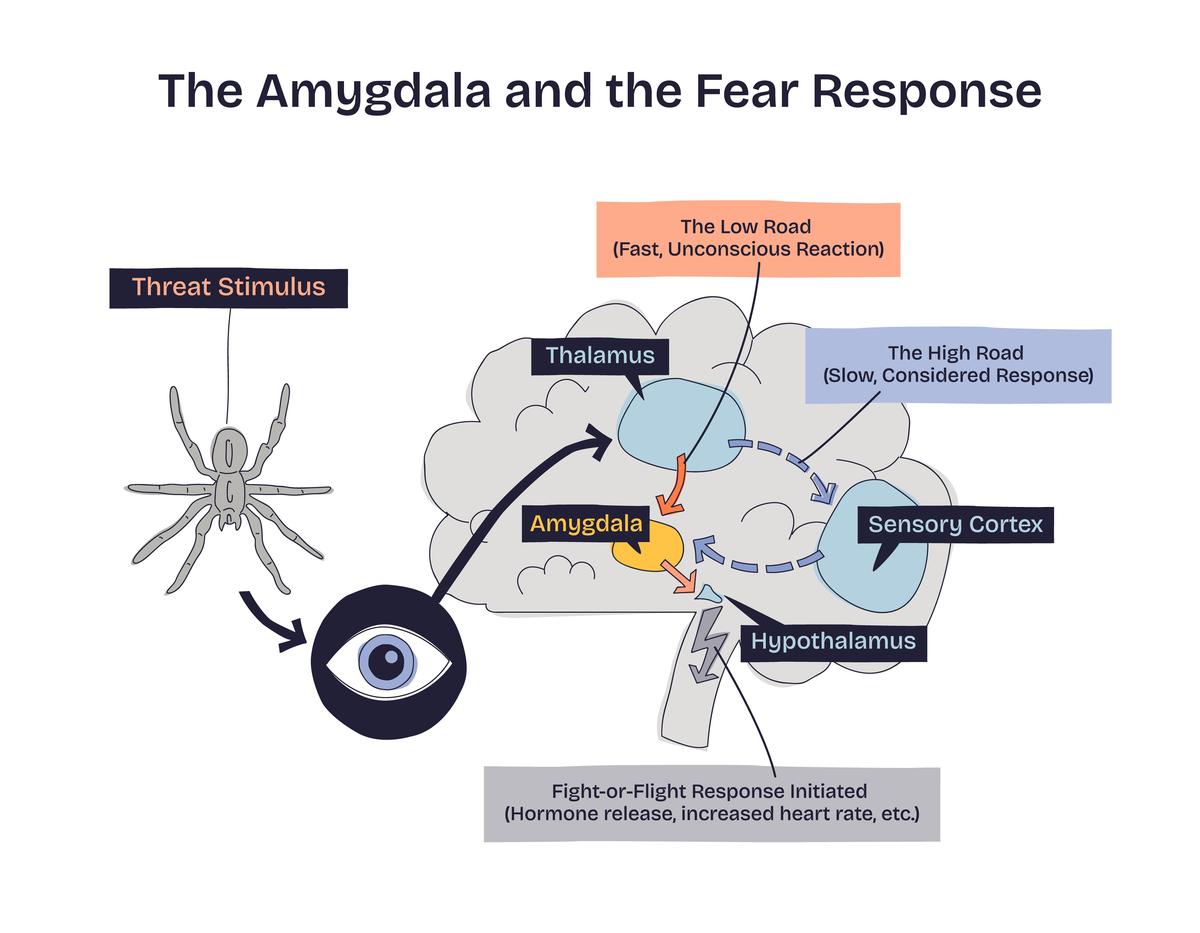Computational Chemistry and Semiconductor Modeling Expertise
During my doctoral studies, I completed two significant projects. The first involved using theoretical computation to determine high-temperature thermo-nonequilibrium reaction rates and transport properties, as well as modeling thermal nonequilibrium reactions. This work helped to advance the understanding of high-energy collision-induced dissociation through ab initio computational chemistry. It also provided highly accurate data and models that are critical for simulating hypersonic applications such as space vehicle re-entry. My research has been cited by researchers funded by NASA's Space Technology Research Grants, Air Force Office of Scientific Research, and the National Natural Science Foundation of China. Additionally, the rates and models I published have served as baseline data for evaluating new models in comparison with experimental measurements.
In my current role at Applied Materials, I use various computational simulation tools to replicate the semiconductor manufacturing process. This process involves complex multiphysics problems at different scales. I developed a feature scale simulation code called 'Noah' that models the evolution of semiconductor feature profiles. 'Noah' has been put into production use by several groups at Applied Materials, and it has proven invaluable in understanding how different process parameters affect the critical dimensions of the final product. By reducing the need for expensive experiments, 'Noah' accelerates the design of processes and helps to improve efficiency.

原文地址: https://www.cveoy.top/t/topic/oBSF 著作权归作者所有。请勿转载和采集!